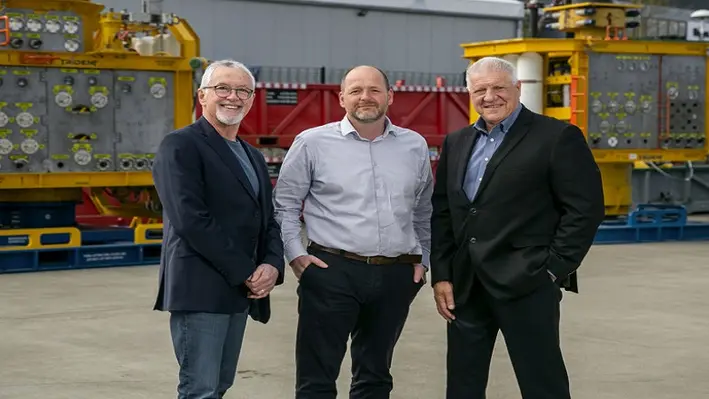 Subsea intervention technology specialist, Interventek, has agreed to supply a complete set of 20,000psi open-water well intervention shear and seal values to Trendsetter Engineering Inc.
Subsea intervention technology specialist, Interventek, has agreed to supply a complete set of 20,000psi open-water well intervention shear and seal values to Trendsetter Engineering Inc.
The agreement allows Trendsetter exclusive global rights to deploy the 5-1/8” open-water valves for the next five years, with the first set to be delivered later this year.
The 20K Revolution valves are designed as a compact, modular addition for lightweight subsea intervention systems. They will provide the safety-critical well control function within Trendsetter’s new 20K Trident Subsea Intervention System, which is scheduled for the first field operations on a high pressure, high temperature (HPHT) subsea completion and intervention campaign in the Gulf of Mexico.
Interventek has previously supplied Trendsetter with serval 15,000psi Open-Water Revolution Valves, which were successfully deployed on multiple campaigns using its 15k Trident Intervention Systems.
Tony Kitchener, Sales and Marketing Director at Interventek, said, “Our new 20k Open Water Revolution Valves is leading the way in HPHT subsea well intervention safety. Qualified to rigorous API-17G and API 17TR8 standards, the valve maintains the superior cutting and resilient sealing capability that our unique technology is known for, delivering a future-proof solution for today’s operators.
“Our Revolution design is flexible and scalable so, with Trendsetter’s valuable and long-standing collaboration, it was natural for us to push ahead together to deliver the world’s first open-water HPHT intervention solution.”
Mike Cargol, Vice President of Services at Trendsetter, commented, “Interventek’s compact and high-performing Revolution valve is the ideal choice for our range of lightweight and modular Trident intervention systems. This technology is the key to achieving a reliable HPHT solution with around a 60% size and weight saving compared to other offerings.
“The result is a robust system which can be reconfigured to support hydraulic, riserless or open-water risered interventions and mobilised quickly on a broad range of vessels with minimal modifications. The bottom line for the operator is enhanced safety, rapid responses, increased operational efficiency and reduced costs.”




